How to Build Your AI Decision Partner That Fights Decision Fatigue (Part 1)
The psychology of decision fatigue and why structured frameworks fail when you need them most
Thanks for reading! To access our community, full prompt library, coaching, and AI tools saving leaders 5-10 hours per week, check out our Premium Hub.
Have you ever watched a chess master play simultaneously against dozens of opponents? They move from board to board, making split-second decisions while maintaining strategic clarity. Now imagine that same chess master at 2 AM, exhausted, facing just one critical move that could determine their entire tournament. Suddenly, those lightning-fast decisions become agonizing deliberations.
This is the reality for today’s leaders. Decision fatigue doesn’t just slow us down; it erodes the very judgment that defines effective leadership.
But what if you could have a thinking partner that never gets tired, never judges your 10 PM questions, and always helps you structure your thoughts with clarity?
Today’s exploration comes from Jakub Slys, a systems engineer at Pega and the mind behind innovative automation solutions. Having architected systems for companies like Nokia and Sabre, Jakub understands better than most how intelligent automation can amplify human decision-making rather than replace it. You can follow his technical insights and automation strategies at iam.slys.dev.
Note: this two-part series will be more technical than my usual posts. We’ll explore actual system architecture, automation workflows, and implementation details. But I encourage you to stay with us, even if code isn’t your language, as this is the backbone of building with AI.
In Part 1, we’ll explore:
The hidden psychology behind decision fatigue and why it’s sabotaging your leadership
How 85% of business leaders experience decision-related regret
Why structured decision frameworks work but are too exhausting to use consistently
The concept of AI as a “thinking partner” rather than a replacement
Here is Jakub…
It’s 10:47 PM. A weary team manager sits alone in a dim office, surrounded by half-empty coffee cups and the glow of a laptop. Tomorrow morning, she must choose between two hard options: Should her team promote a promising internal developer to fill a leadership gap, or hire an experienced outsider? The budget is tight, the team is anxious, and every option feels risky. She’s spent hours weighing pros and cons on a notepad, but her mind is racing in circles. Sound familiar?
Many leaders have been in this exact spot - overwhelmed by a tough decision, long after the workday should have ended. In this post, we’ll explore why decision-making can be so draining, and how a bit of clever technology (specifically, an AI-driven “Decision Assistant” built with the n8n automation tool) can act as a thinking partner to lighten that load. By the end, you’ll see how this Decision Assistant works and how it can help you bring clarity to uncertain choices, without replacing your human judgment.
The weight of every decision
If you’re a manager or team lead, making decisions is basically your day job - big strategic calls, small everyday choices, and everything in between. It’s no wonder that by day’s end, your brain feels like mush. Psychologists call this decision fatigue, the idea that the quality of our decisions deteriorates after making many of them in a row [1]. Even former U.S. President Barack Obama once explained why he limited trivial choices like outfits: “I don’t want to make decisions about what I’m eating or wearing, because I have too many other decisions to make”, he told a reporter. In other words, each decision chips away at our mental energy [2].
Over time, decision fatigue can lead to impaired judgment. One business study found that 60% of executives experienced impaired judgment after prolonged decision-making sessions (i.e., marathon meetings or back-to-back choices). Think of it like muscular fatigue, but for your brain - after a certain point, you start seeking shortcuts or the path of least resistance instead of carefully weighing options.
Ever noticed how, after a long day, you’re more likely to say “Let’s just stick with the status quo” or “I’ll decide later”? That’s the fatigue talking. In fact, leadership coaches have observed that decision fatigue often leads to decision paralysis, where we delay or avoid choices entirely [3].
Too many choices and constant decisions can exhaust anyone. Research shows that an overload of options often leads to analysis paralysis, where having 24 choices vs. 6 choices makes people less likely to choose anything at all.
For leaders, countless decisions - big and small - can pile up as mental clutter, causing fatigue and stalled progress.
It’s not just about exhaustion - there’s also decision distress. According to an Atlassian survey, 85% of business leaders admitted they felt decision-related regret or guilt in the past year. If you’ve ever second-guessed yourself (Did I choose the right strategy?) or lost sleep after making a tough call, you’re far from alone. Leaders often operate in uncertainty, without a clear right answer, which makes decisions all the more stressful.
Why structured frameworks help (but are hard to do every time)
When you’re stuck on a difficult choice, experts often recommend structured decision-making techniques. These include classic methods like writing a pros-and-cons list, evaluating risks, considering the worst-case scenario, or using decision matrices. And they exist for good reason: a structured framework forces you to analyze options systematically, reducing bias and emotional guesswork [4]. By laying out criteria, potential impacts, and contingency plans, you bring clarity and objectivity to the decision.
For example, imagine our manager from 10:47 PM tries a simple framework for the “promote vs. hire” dilemma: She lists Pros and Cons of promoting internally (e.g. Pros: faster onboarding, morale boost for team; Cons: internal candidate may lack some experience) and of hiring externally (Pros: fresh expertise, wider talent pool; Cons: longer ramp-up, higher cost). She then identifies risks (e.g. what if the promoted person fails? What if the new hire doesn’t fit the culture?) and maybe brainstorms next steps for each route (like a trial period for an internal promotion, or a thorough vetting process for an external hire). This kind of analysis is essentially building a mini “decision report”.
The bad news? Doing all this in the moment is time-consuming and mentally taxing. When you’re already fatigued, sitting down to formally write out pros, cons, and risk assessments might be the last thing you have energy for. Many of us default to gut feelings or snap judgments because a thorough framework feels like too much work under pressure. Or we procrastinate - telling ourselves we’ll do the analysis tomorrow (which sounds sensible, until tomorrow’s fires start burning).
Wouldn’t it be nice if, at that late hour, our manager had someone to guide her through that process - to ask the right questions, organize her thoughts, and basically do the “heavy lifting” of structuring the decision? This is where technology can step in as a surprisingly empathetic helper.
Enter AI as a “thinking partner” for leaders
Imagine having an assistant who never gets tired, doesn’t mind the grunt work, and can walk you through a structured decision process any time you need. Sounds great, right? That’s essentially the promise of using AI as a thinking partner. Modern AI tools (like GPT-4 and other large language models) are incredibly good at organizing information and generating structured text. They can take a messy question and give you a tidy draft of analysis - options, pros/cons, risks, recommendations - in seconds.
Importantly, this AI isn’t replacing your judgment; it’s augmenting your thinking. Think of it as a non-judgmental second brain: it won’t decide for you, but it will prompt you, structure the problem, and maybe surface considerations you hadn’t thought of. One leadership writer describes it well: “AI isn’t a digital servant. It’s a thinking partner - a dynamic collaborator that reduces mental overhead... like a second brain that never forgets and never burns out” [5]. In other words, tools help you row, but a true thinking partner helps you set the course.
For our indecisive manager, an AI assistant could ask clarifying questions (“What’s your primary goal in this decision? What constraints are you facing?”), then quickly output a structured analysis: “Here’s a summary of your dilemma, some pros and cons of each choice, potential risks to consider, and a few suggested next steps you might take to move forward”. It’s like having a consultant or coach on call at 10:47 PM - one that works at lightning speed.
Crucially, this approach can reduce decision fatigue by offloading the tedious parts of thinking. As one productivity author noted, “AI as a thinking partner reduces decision fatigue, clarifies focus, and frees you from the exhausting loop of starting from scratch. It’s the difference between working in chaos and working from clarity”. When the routine structuring is handled for you, you conserve your mental energy for the truly human part - applying judgment, considering intangibles, and making the final call.
Meet the Decision Assistant Agent
So how do we actually do this? Let me introduce the Decision Assistant Agent - a custom AI-powered helper we built using n8n, a popular open-source automation platform.
If you’ve never heard of n8n, think of it as “Zapier without the price tag”, a tool that lets you connect apps and create workflows visually [6]. In fact, n8n stands for “nodemation”, because you connect building blocks called nodes to automate tasks. It’s free and you can self-host it easily.
Our goal: set up a system where a leader can speak or text their dilemma (via a messaging app) and get back a structured decision analysis, courtesy of AI, within minutes. We also wanted it to feel conversational and supportive, not just a form to fill out.
To jump straight to the full n8n workflow code, click here.
Here’s how we built it, step by step... in Part 2. Subscribe to get Part 2 next week.
But first, here is a glimpse of what the final product looks like in action:
Thank you, Jakub Slys 🤖!
If You Only Remember This:
Decision fatigue is real and measurable
Structured frameworks work, but are mentally exhausting when you need them most (like at 10:47 PM)
AI as a “thinking partner” offloads the tedious structuring work while preserving your human judgment and leadership intuition
The goal isn’t perfect decisions but well-considered ones made without burning out in the process
PS: Many subscribers get their Premium membership reimbursed through their company’s professional development $. Use this template to request yours.
Let’s Connect
I love connecting with people. Please use the following connect, collaborate, if you have an idea, or just want to engage further:
LinkedIn / Community Chat / Email / Medium





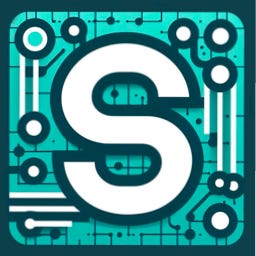
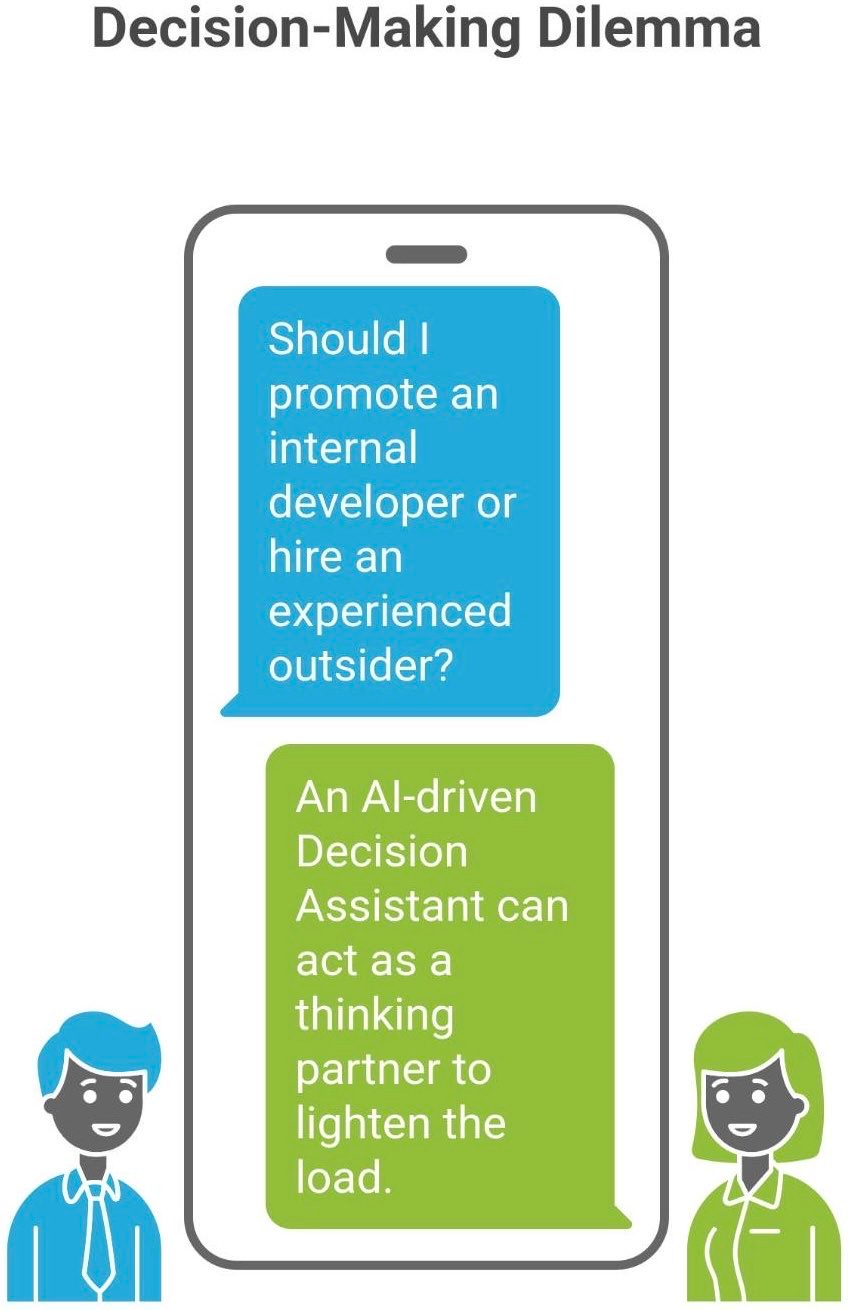
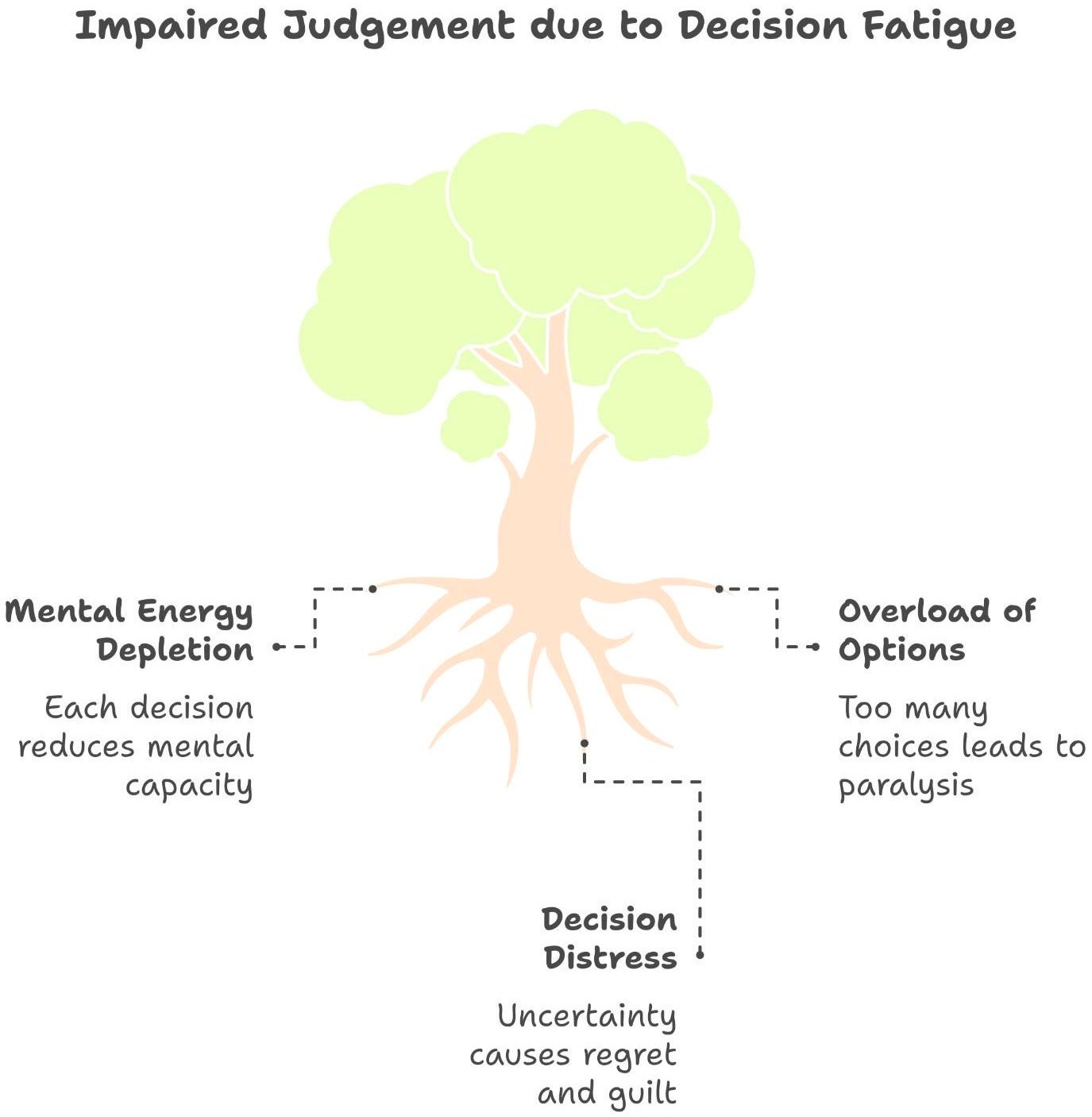
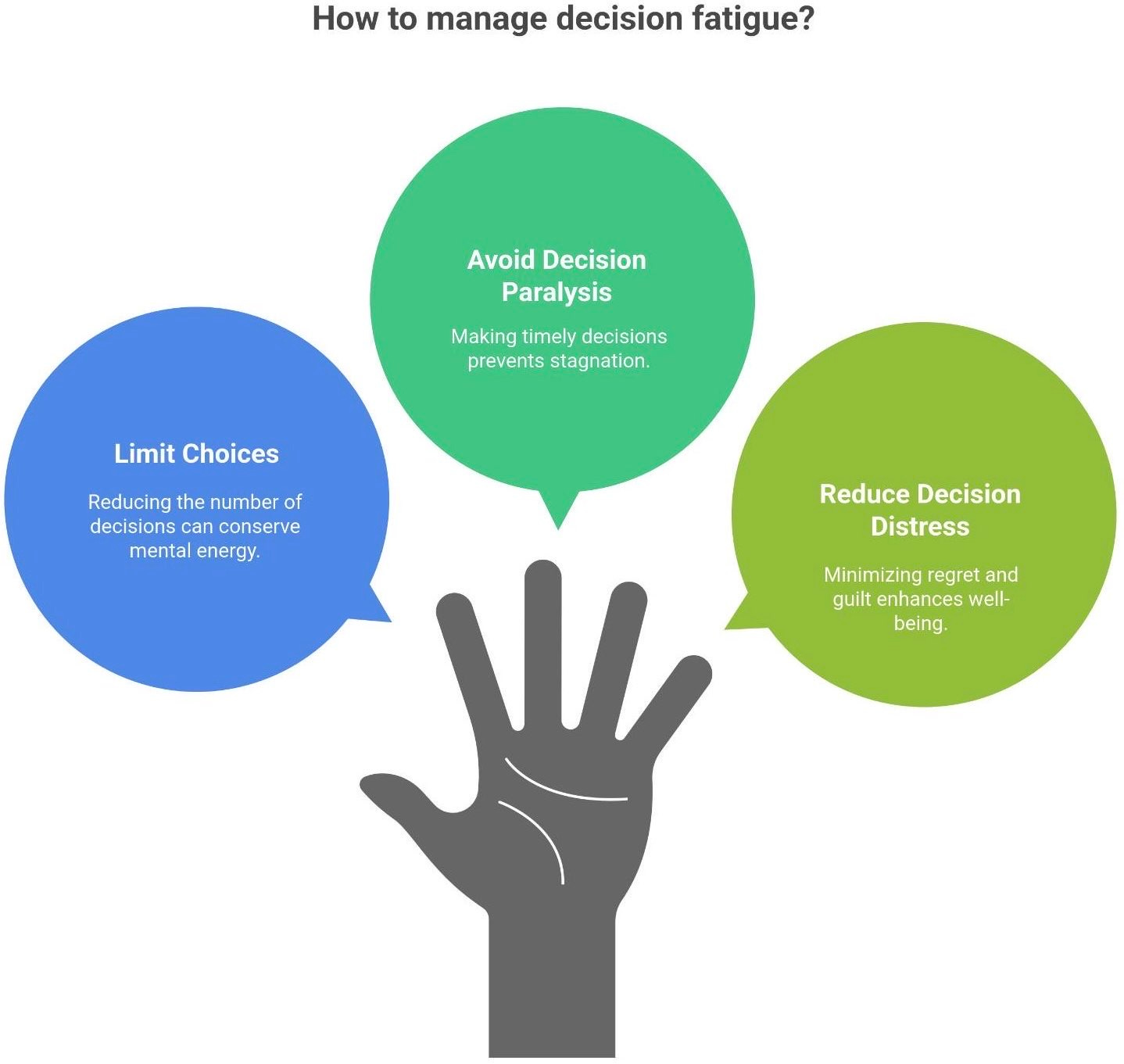
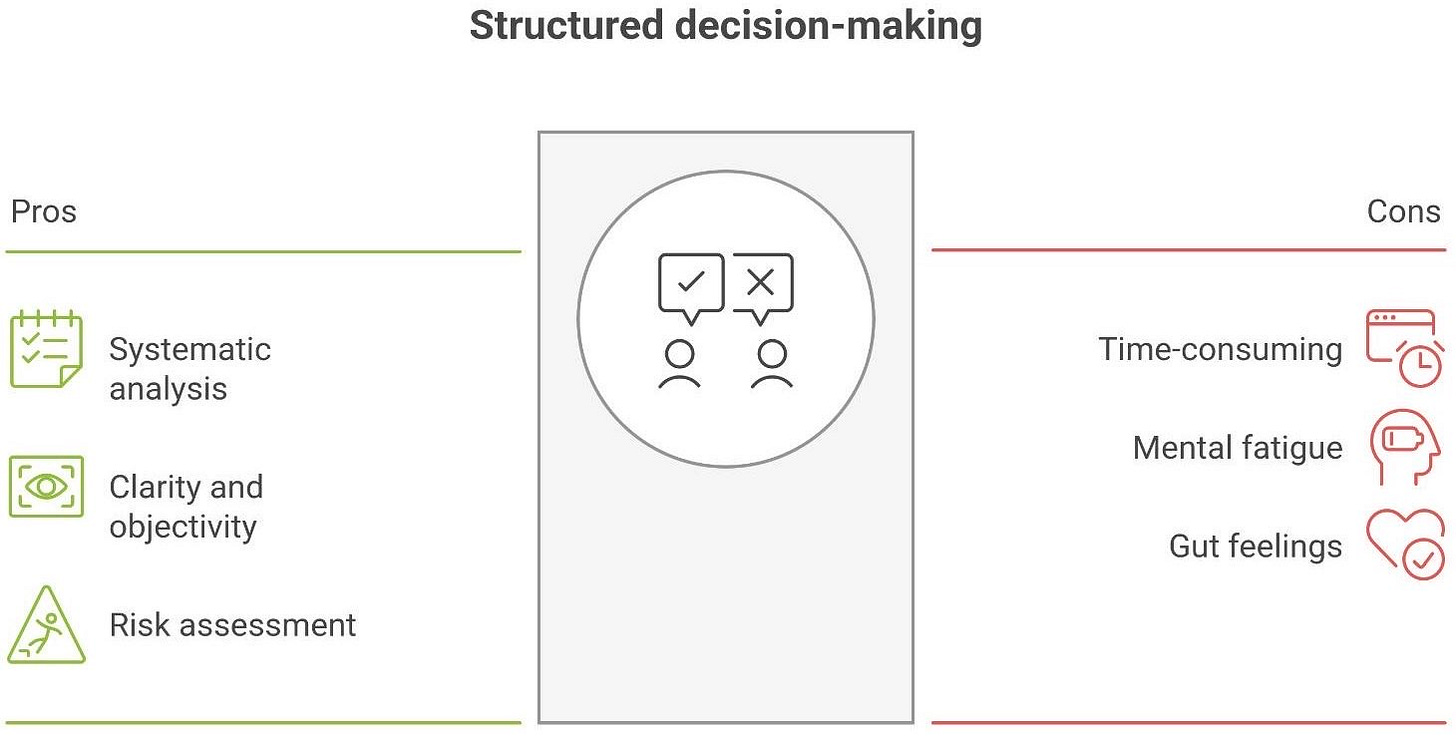
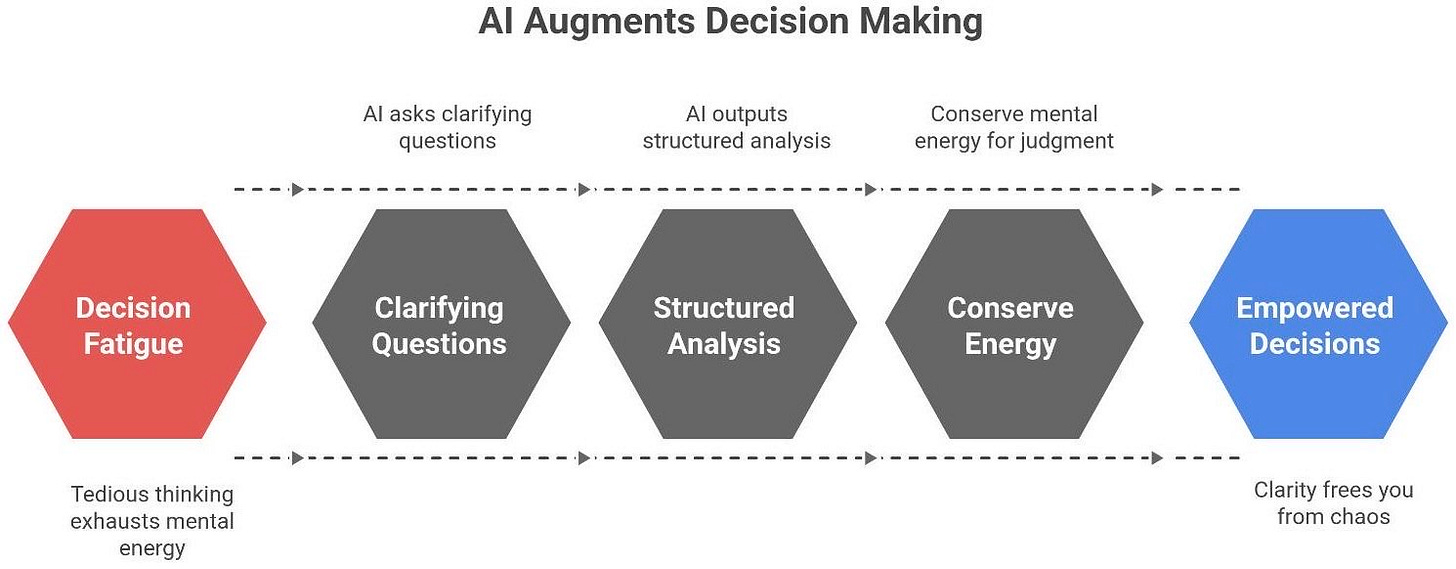
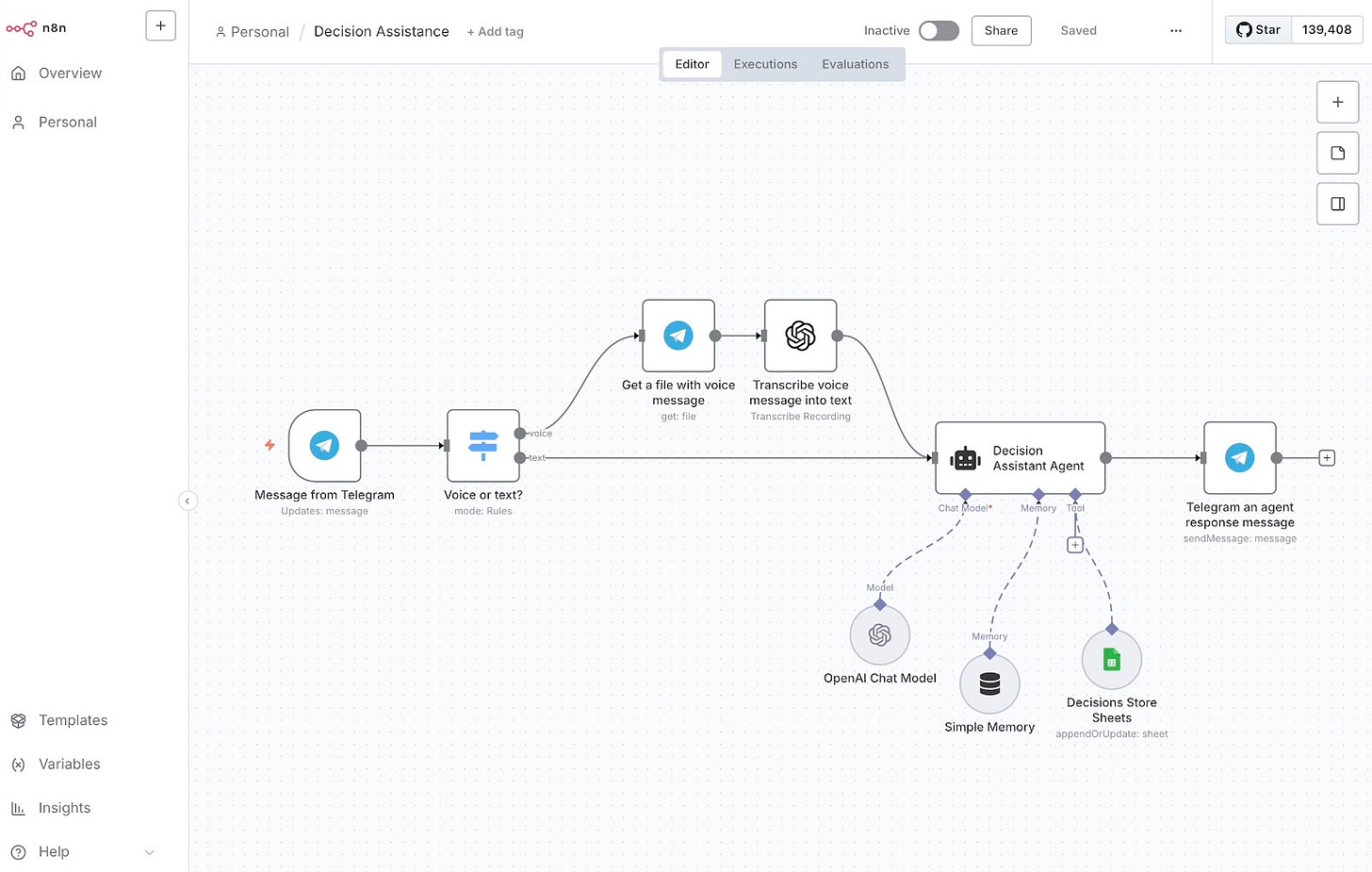
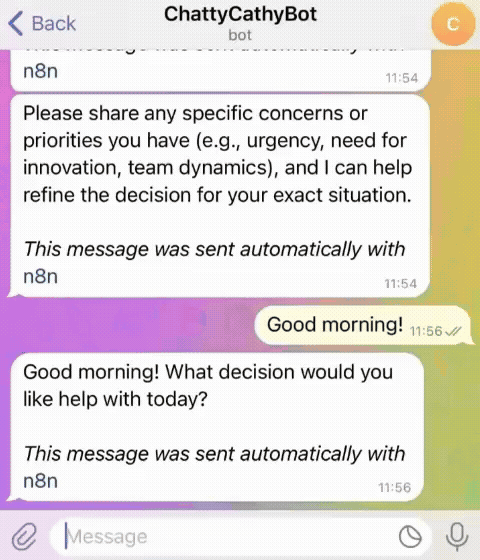

Awesome work, Jakub!
Great article Jakub and Joel. I love the idea of using AI to reduce decision fatigue. In gaming studies we might also call this analysis paralysis, and I can totally see how we can use AI to look through our own patterns and help to work with us to determine what decisions matter most and why. 🙏